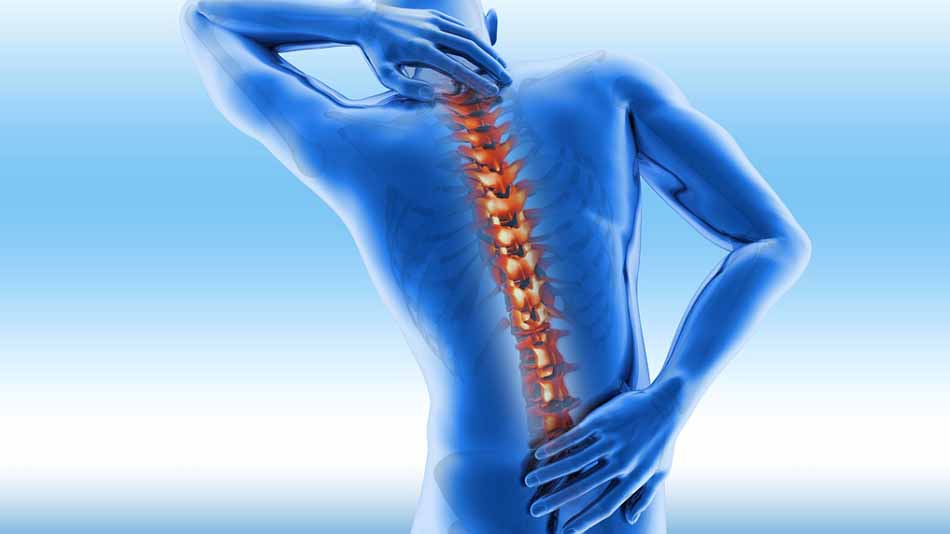Dealing with pain can be an incredibly challenging experience, and finding relief often seems like an uphill battle. However, understanding the intricacies behind pain management can lead you to a more comfortable life. In this article, we’ll discuss the basics of pain management, strategies for managing pain, and how to choose the right pain relief options for you.
The Basics of Pain Management
Pain is our body’s response to injury, illness, or other forms of physical stress. It is a signal that there is a problem in the body, and it needs attention. There are two main types of pain: acute and chronic. Acute pain is short-term and usually subsides once the underlying cause is resolved.
Chronic pain, on the other hand, persists for long periods and may never fully resolve. Understanding the difference between acute pain and chronic pain is essential to finding the right pain relief options. So with the appropriate treatment and lifestyle changes, both types of pain can be managed.
Strategies for Pain Management
A comprehensive approach to pain management typically involves a combination of therapies and treatments, each designed to address specific aspects of the pain experience. Here are some common strategies used in pain management:
1. Medications
Pain relievers can range from over-the-counter options like ibuprofen to prescription medications. For more severe forms of pain, your doctor may prescribe opioids or muscle relaxants.
2. Physical Therapy
Physical therapy involves using exercises and movement techniques to improve mobility, strength, and overall function. It can help alleviate pain – particularly musculoskeletal pain – by reducing inflammation, improving flexibility, and increasing muscle strength.
3. Interventional Procedures
These minimally invasive treatments may include nerve blocks, corticosteroid injections, or joint injections. They relieve pain by blocking or reducing pain signals from specific nerves and tissues.
4. Complementary Therapies
Techniques like acupuncture, massage therapy, and chiropractic care can be beneficial for some patients. These therapies work to alleviate pain through various mechanisms, such as releasing endorphins and improving circulation.
5. Mind-Body Techniques
Methods that focus on the mind-body connection can be helpful for chronic pain. Techniques like meditation, mindfulness, or yoga can help reduce stress and anxiety and provide a sense of relaxation.
Choosing the Right Pain Relief Options
The best type of pain management plan is one that takes into account your specific needs and goals. Different strategies may work better for certain types of pain, so it’s important to consult with an experienced doctor for pain management in Des Moines to determine the best options for you. They will take into account your medical history, lifestyle factors, and any underlying conditions that may be contributing to your pain. Together, you can create a comprehensive plan for managing your pain and working towards finding relief.
To Sum Up
Pain can be debilitating, but by understanding the basics of pain management and developing an effective treatment plan with your doctor, you can reach a more comfortable, pain-free life. From medications to physical therapy to mind-body techniques, many options are available for finding relief. The key is to work with a qualified doctor who can create a personalized plan that meets your specific needs. With the right approach and support, you can manage your pain and regain a sense of control over your life. Thank you for reading!











